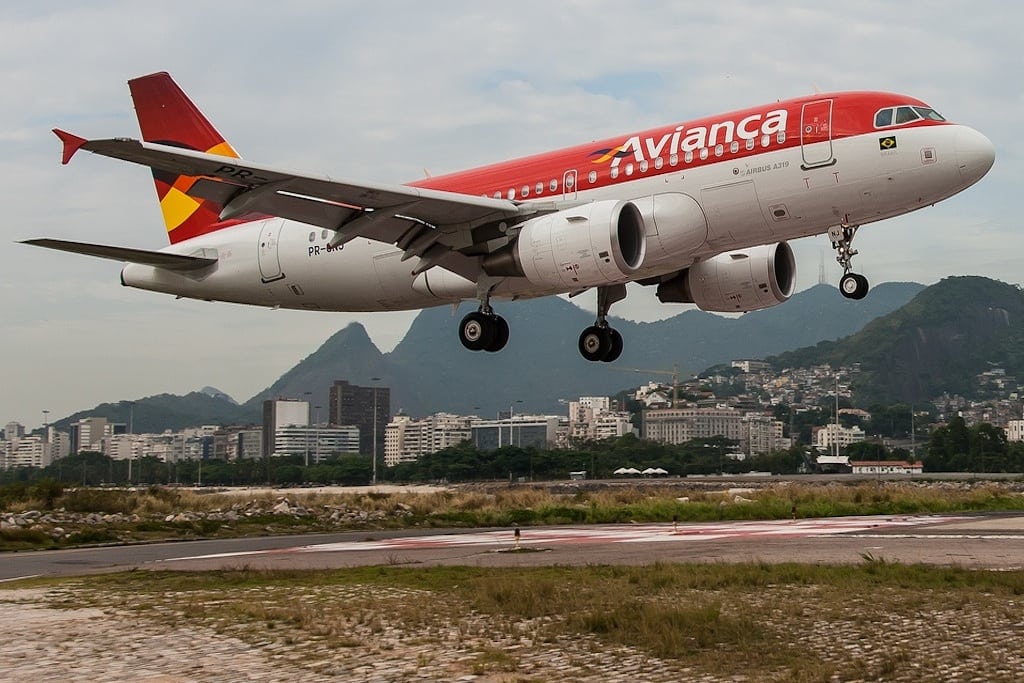Skift Take
Latin American airlines like Colombia’s Avianca have an advantage over international carriers that are just now entering the region, but they’ll need first invest in their fleets to match foreign carriers' capacity.
Avianca Holdings SA Chief Executive Officer Fabio Villegas said the Colombian airline will spend at least $4 billion through 2019 as it buys more than 100 planes to meet rising passenger traffic in Latin America.
Avianca, which has total assets of about $4.5 billion, plans to spend $4 billion to $5 billion over the next seven years to buy 104 planes, including 15 Boeing Co. 787 Dreamliners, Villegas said in an interview. The plan is conservative under the company’s traffic projections and could be scaled up if warranted, he said.
“We have to grow, but it has to be in a profitable way,” Villegas, 58, said yesterday at the company’s headquarters in Bogota. “The biggest failures in this industry start with disproportionate expansion plans.”
Avianca sold this month $300 million of bonds in international markets, taking advantage of investor demand for emerging-market debt as central banks in the U.S. and Europe hold interest rates close to zero to stimulate economic growth. The bonds have a B+ from Fitch Ratings, four levels below investment grade.
The seven-year notes were sold on May 3 to yield 8.63 percent, more than the weighted-average yield of 6.31 percent for debt from Tam SA, the Brazilian unit of Latam Airlines Group SA.
On the first day of trading after the sale, the Avianca bonds jumped to 104.75 cents on the dollar from the sale price of 98.71 cents, according to Trace, the reporting system of the Financial Industry Regulatory Authority. They have since increased to 107.13 cents, pushing yields down to 7.06 percent, according to Trace.
‘Right Price’
Villegas said the company didn’t overpay on the yields for the bonds.
They were “issued at the right price,” he said. “It’s really good that investors are gaining from it, and that was always part of our strategy.”
The company’s shares are down 3.6 percent this year after gaining 38 percent in 2012, its first full year as a public company after an initial public offering in 2011. Villegas has served as CEO since 2005, according to a bond-offering document.
Avianca will expand available seat-kilometers — a measure of passenger capacity — by about 8 percent to 9 percent per year over the next five years, Villegas said. Capacity growth was 10 percent last year, according to a report on its website.
The new plane orders “are mostly for replacement, and our growth will be quite reasonable,” he said. Avianca operated 152 aircraft as of Dec. 31, according to the bond-offering document.
The Dreamliners will allow the company to add routes and fly existing routes more profitably, he said.
Routes within Latin America are “where we’re playing and expanding and it’s precisely the market growing the most,” he said.
Editors: Bradley Keoun and Dennis Fitzgerald.
To contact the reporter on this story: Christine Jenkins in Bogota at [email protected]. To contact the editor responsible for this story: David Papadopoulos at [email protected].
![]()
The Daily Newsletter
Our daily coverage of the global travel industry. Written by editors and analysts from across Skift’s brands.
Have a confidential tip for Skift? Get in touch
Photo credit: An Avianca jet takes off from Rio de Janiero's second largest airport Santos Dumont. Joao Carlos Medau / Flickr
